
Editor's note:
Architectural art is a very comprehensive and vivid carrier of Chinese culture. The development of modern Chinese architecture shows from an important perspective the difficult journey of our country from tradition to modernity, from weak to strong, and from closed to open.
"Century Masters-Architecture" will focus on Zhan Tianyou, Mao Yisheng, Liang Sicheng, and Yang Tingbao, four pioneers and founders in the field of modern architectural engineering. We will also present their extraordinary lives from multiple angles in the form of columns on this platform The history and outstanding academic attainments allow readers to appreciate the eternal charm and the style of the times of the master.

"What is the job of an architect? Directly speaking, it is the creation of buildings, which solve the problems of food, clothing and housing for the society; indirectly, it is a recorder of culture and a mirror of history."
Liang Sicheng (1901-1972), native of Xinhui, Guangdong, was born in Tokyo, Japan. He devoted his life to the research and protection of ancient Chinese architecture. He is an architectural historian, architectural educator and architect.
He was an academician of the Academia Sinica, a member of the Department of Philosophy and Social Sciences of the Chinese Academy of Sciences, and participated in the design of works such as the Monument to the People's Heroes and the National Emblem of the People's Republic of China. He is the author of "History of Chinese Architecture", "History of Chinese Architecture with Images", "French Commentary", "History of Chinese Sculpture", etc. He is the founder of the Department of Architecture of Northeastern University and the Department of Architecture of Tsinghua University.
In August 1988, the National Science and Technology Commission of the People's Republic of China issued a certificate in recognition of the important contributions made by Professor Liang Sicheng and his group in the research of "Chinese ancient architectural theory and cultural relics architectural protection", and was awarded the National Science and Technology Commission by the State Science and Technology Commission First Prize of Natural Science Award.
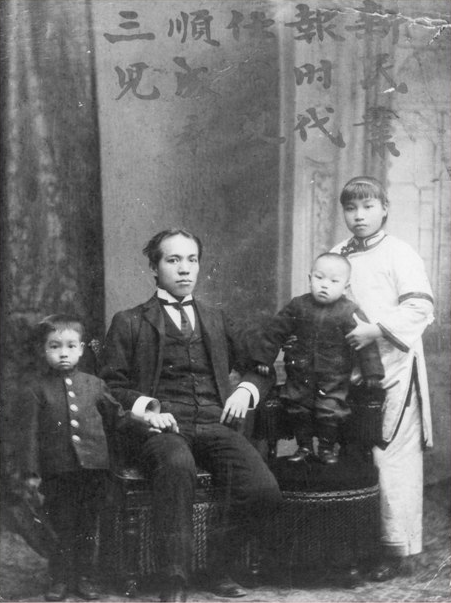
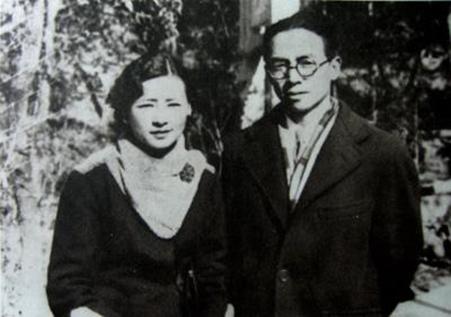
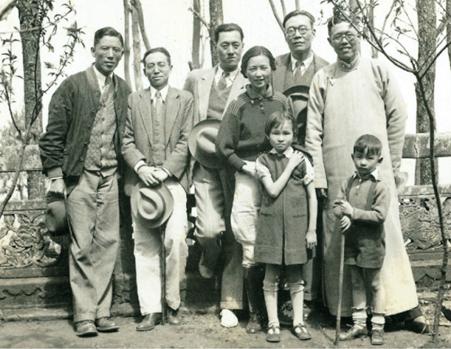
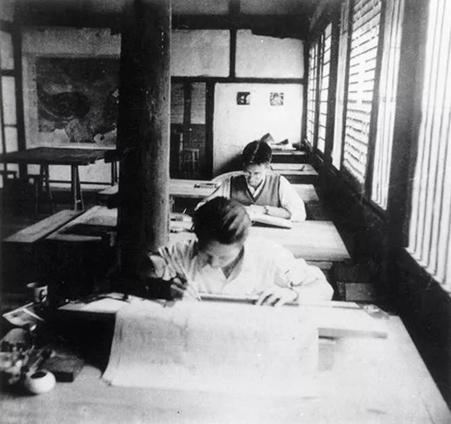
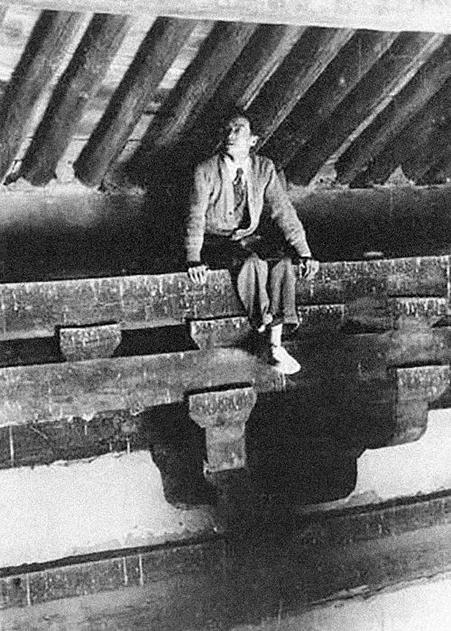
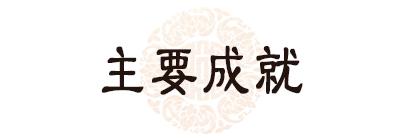
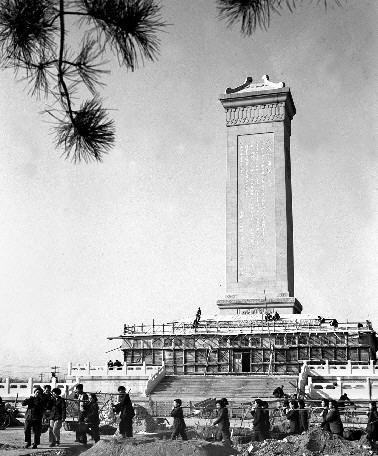
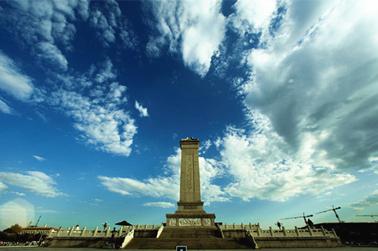
In order to commemorate the revolutionary martyrs and the people's heroes who died in China's previous revolutionary struggles since 1840, the first plenary session of the Chinese People's Political Consultative Conference on September 30, 1949 made a resolution to build a "people's heroes" in the capital Beijing. monument".
On May 10, 1952, the Construction Committee of the Monument to the People's Heroes in the capital was formally established. The director of the committee was Peng Zhen, then secretary of the Beijing Municipal Party Committee, and the deputy director was Liang Sicheng, a famous architect. Lin Huiyin and Liang Sicheng were the main designers involved in the wreath decoration on the monument. They used flowers and curly grass as the theme of the decorative patterns on the stele pedestal, and used different methods in different positions to achieve the decorative effect required by the various parts of the building itself. Embossed wreaths are very important, not only as a component of the architectural decoration of monuments, but also as a vivid expression of the people's high respect for heroes and their permanent commemoration of heroes.

After Lin Huiyin died of illness in 1955, the Construction Committee of the Monument to the People's Heroes was responsible for the construction of Lin Huiyin's tomb. Liang Sicheng personally designed the tomb and stele for her. Lin Huiyin will always be with the patterns she designed, and will be buried in the Babaoshan Revolutionary Cemetery.
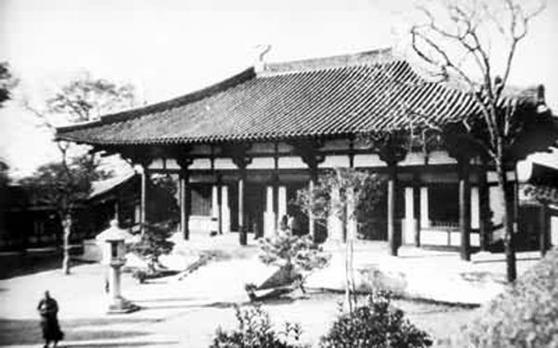
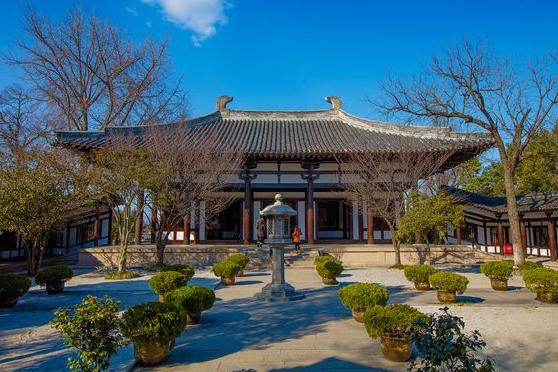
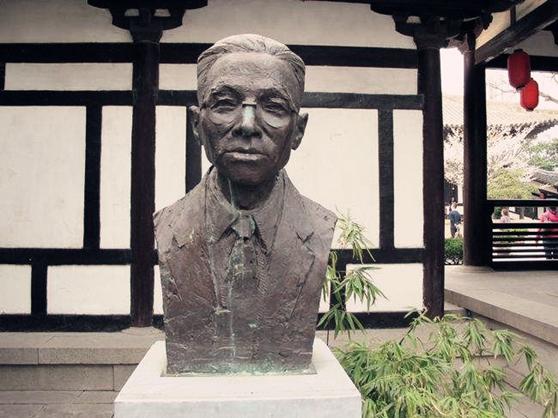
In 1963, to commemorate the 1,200th anniversary of Jianzhen's death, China and Japan agreed to hold a grand commemorative ceremony and build a Jianzhen Memorial Hall in Daming Temple in Yangzhou. Premier Zhou asked Liang Sicheng to design by name. After accepting the mission, he made a special trip to Japan to visit Toshodaiji Temple in Nara and some other ancient buildings in Japan. After returning to China, he studied the construction style of our temples in the Tang Dynasty and carefully designed this memorial hall, not only in terms of meaning, but also in the building itself. It has also become a symbol of Sino-Japanese friendship. This was the last program design he presided over during his lifetime.
In 1973, the memorial hall was fully completed. Unfortunately, just a year before the completion of the Memorial Hall, Liang Sicheng passed away and was unable to see the building with his own eyes.
In 2016, the "First Batch of China's 20th Century Architectural Heritage" list jointly selected by the Chinese Society of Cultural Relics and the Architectural Society of China was announced in Beijing, and Yangzhou Jianzhen Memorial Hall was included in the list.
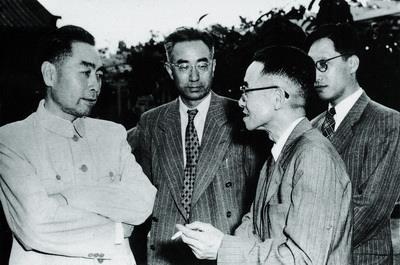
In the 1950s, Zhou Enlai (first from left) talked with scientists Meng Zhaoying (second from left), Liang Sicheng (second from right), and Ma Dayou (first from right) in Zhongnanhai
In order to stimulate the innovative spirit of architects and architectural scholars, prosper architectural creation, and improve the level of architectural design, theoretical research and architectural education, the Ministry of Construction of the People's Republic of China and the Architectural Society of China jointly established the Liang Sicheng Architecture Award. Named after the educator Mr. Liang Sicheng, in recognition of outstanding architects, architectural theorists and architectural educators who have made significant achievements and outstanding contributions in the architectural field.
As a world-renowned architectural historian, architectural educator and architect, Mr. Liang Sicheng has devoted his whole life to the research of ancient Chinese architecture and architectural education. He has systematically investigated, sorted out and studied the history and theory of ancient Chinese architecture. pioneers and founders. He has participated in the design of the Monument to the People's Heroes, etc. He is the promoter of the urban planning of the new China's capital, the host of several major design schemes since the founding of the People's Republic of China, and the consultant of the New China National Flag and National Emblem Selection Committee.
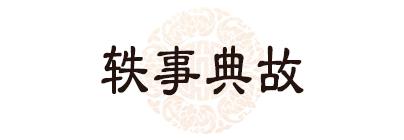
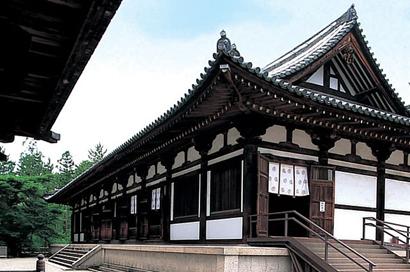
One tile
Liang Sicheng wrote in "Tangzhaoti Temple Hall and Tang Dynasty Architecture in China" in 1963: "When I was writing and contemplating, a childhood memory popped up in front of my eyes again, which may have happened in the late Meiji or early Taisho years. , I traveled to Nara with my parents, and happened to be rebuilding the main hall of a Buddhist temple. My parents once asked me to write my name on a tile under construction with a round of incense. More than half a century has passed, The heart of my childhood is still in Japan like that tile. I don’t know if I have been to Toshodaiji Temple, but today when I commemorate Jianzhen and write a pen, I seem to have returned to my childhood and returned to Nara. .”
A piece of tile in childhood is like a prophecy.


God of Preservation of Ancient Buildings
At the beginning of 1950, Liang Sicheng and Chen Zhanxiang of the Urban Planning Commission put forward to the government a planning plan for the new Beijing city - "Suggestions on the Location of the Central People's Government's Administrative Center". Liang Sicheng advocated the protection of Beijing's ancient buildings and city walls, and suggested building a new Beijing in the western suburbs, protecting the old Beijing city, and not building high-rise buildings in the old city, but the suggestion was not adopted. After that, he wrote many times to save Tuancheng in Beihai.
Liang Sicheng has a famous saying: "Tearing down a city tower is like digging out a piece of my flesh; stripping the bricks of the outer city is like peeling off a layer of skin from me." "In fifty years, someone will regret it," he said.
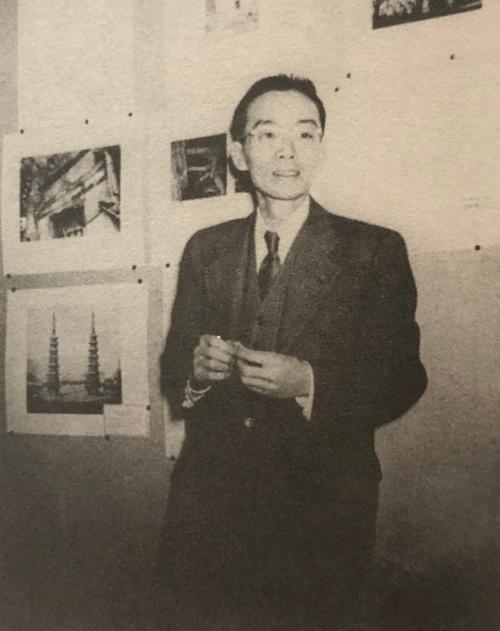

The lost and found manuscript
In 1946, Liang Si became a member of the Construction Department of Tsinghua University and went to the United States to investigate architectural education. At the same time, he was invited by Yale University and Princeton University to give lectures. In November 1946, Liang Sicheng arrived at Yale University to give lectures on Chinese art and architecture. With the manuscripts and pictures of "History of Chinese Architecture" and "History of Chinese Sculpture", Liang Sicheng introduced the cultural treasures of the Chinese nation to the international academic circle with the pride of a Chinese. After settling in at Yale, he immediately asked the school to make a slideshow of the photographs and architectural drawings he had brought. These precious slides later became an unprecedented collection in the Yale University Art Library.
In 1947, Liang Sicheng wrote the English manuscript of "Images of Chinese Architecture History" in the United States. During this period, in order to rush back to China to take care of Lin Huiyin who was seriously ill, he left the photos and drawings in the United States. And disappeared in 1957 after being sent to England by Fei Weimei. In 1980, after 20 years of disappearance, the photos and drawings of "Images of Chinese Architecture History" returned to Lin Zhu. At the same time, the manuscript was found in Tsinghua University.
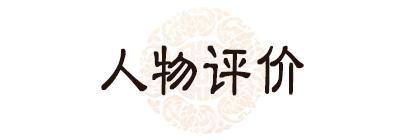
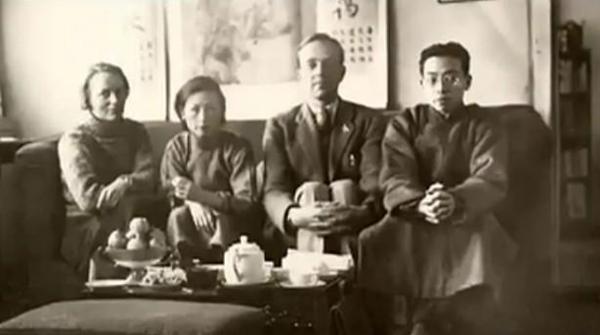
American scholar John Fairbank made the following evaluation of Liang Sicheng's work during the Anti-Japanese War: During the "World War II", we met again in the west of China, but they were all half-disabled patients, but they were still desperately fighting against the extreme. Dedicated to academics under difficult conditions. At that time, Lin Huiyin was suffering from tuberculosis, and Liang Sicheng suffered spinal injuries due to the sequelae of a car accident in his youth. However, neither illness nor hardship has dampened their enthusiasm for their groundbreaking research work. It was during this wartime period that Liang Sicheng wrote "The History of Chinese Architecture in Images" in English. In our minds, they are noble examples of defying difficulties and dedicating themselves to science.
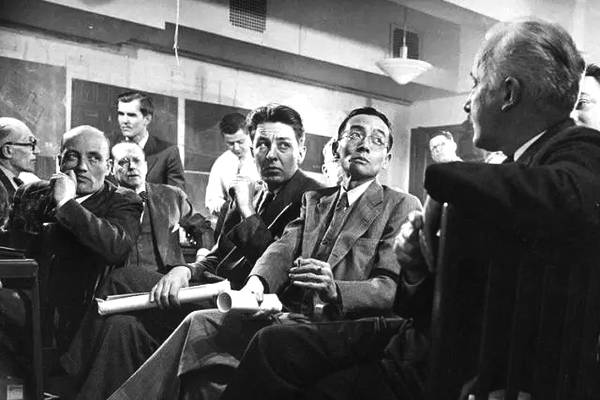
In 1947, Liang Sicheng (the second from the right in the front row) worked as a Chinese consultant for the United Nations Building Design Committee in the United States
Liang Sicheng's academic achievements have also been valued by foreign academic circles. Joseph Needham, a British scholar specializing in the history of Chinese science, said that Liang Sicheng is "the master of Chinese architectural history".
Articles are uploaded by users and are for non-commercial browsing only. Posted by: Lomu, please indicate the source: https://www.daogebangong.com/en/articles/detail/Liang%20Sicheng%20in%20Century%20Masters%20%20Architecture.html

 支付宝扫一扫
支付宝扫一扫 
评论列表(196条)
测试